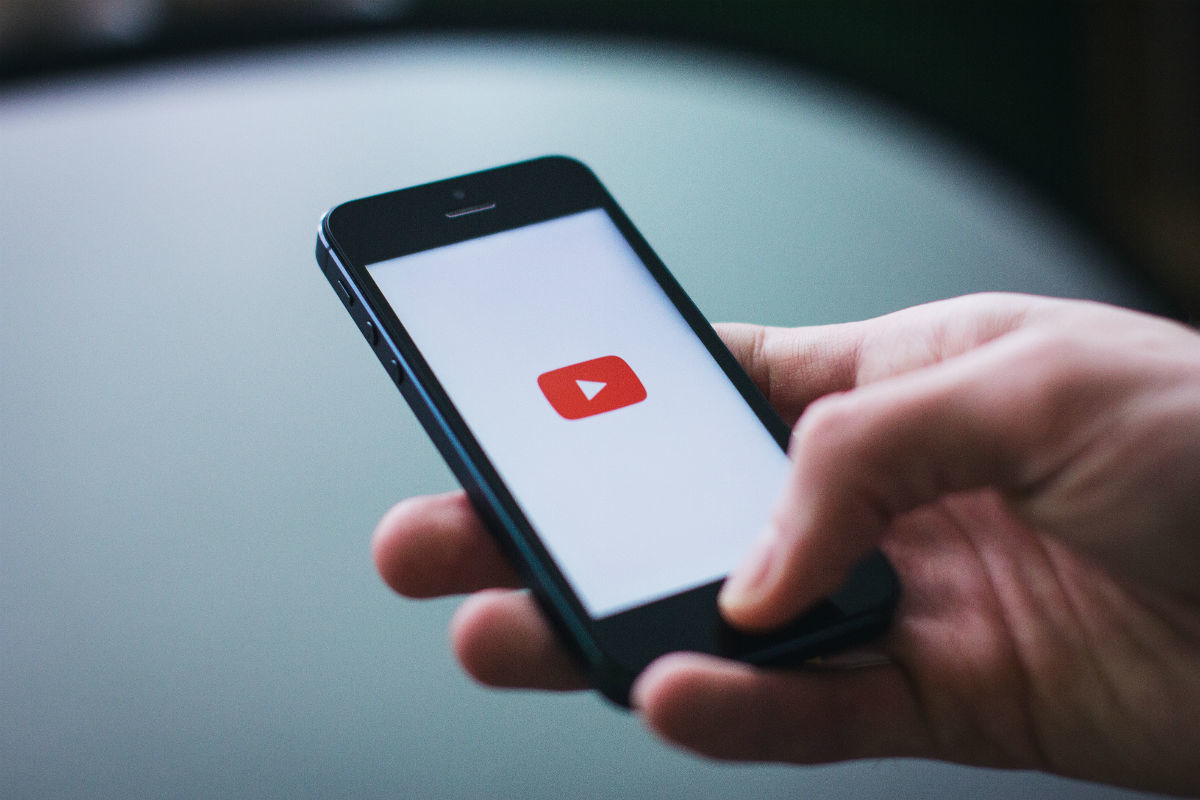Today, it’s easier than ever to have a voice and to get your message out to people across the globe. The smartphones, tablets or laptops that we carry are incredibly powerful tools that make communicating with potentially millions of people just a couple of clicks away.
That ability to create and disseminate information and opinions with such speed is a recent phenomenon creating a drastically different world than the one we knew just 30 years ago. Content creators were formerly relegated to television, film, radio and print. Now, however, the ability to quickly share your creativity and ideas is a fundamental part of our lives.
“Creation was so rare. It is sort of analogous to higher education and how professors would work to get tenure,” said Domenica Hartman from Hartman Global Intellectual Property Law. “You used to want to get that tenure and it was so important. Universities wanted to give tenure because they wanted that sole expert in the field to be a part of their system, and to also have the freedom to think, speak and publish.”
Tenured professors are, of course, still valued and their work is still carried out and celebrated, but, now that we have a plethora of experts everywhere with the ability to get their message out immediately, there’s no longer that small group of experts in the field who we turn to for information.
“Another analogy is Walter Cronkite, who was the most respected man in the world when he was doing the news every night,” Hartman added. “Now we have news 24/7 from every imaginable outlet from serious news journalists and organizations to comedians who are broadcasting the news from a multitude of different angles.”
From a legal and intellectual protection standpoint, the landscape has shifted dramatically.
“In regards to protection, we used to seek to protect that one voice so that they could be creative and enlighten. We now have lost that ‘sole voice’ aspect and we have so many voices in the wilderness that there is now no need to protect that lone voice.”
There’s been a distinct shift in our society that has moved away from the idea that there’s one name to trust as the expert, and that shift has helped broaden the ability for talented people to create and be successful.
“It was very hard to become that sole voice,” Hartman elaborated. “Now, it’s far easier for anyone, whether it’s via podcasts or through YouTube, to constantly get their voice out there. And that’s not to say they don’t have to work hard because they absolutely do, but it’s not the sort of climb, so-to-speak, that it once was.”
“I’m always amazed by the people who, for example, have made their name and reputation as simply a ‘stylist’ on YouTube,” said Hartman. “They’ve made their reputation and now their name, amongst a demographic, has generated a following and become something that people look to for expertise. It’s more or less about constantly getting their message out there and it amazes me how easy it is to get your voice heard nowadays.”
As technological advances have opened up so many new avenues for listeners and consumers to enjoy an endless array of voices on an increasingly diverse amount of topics, so too has the way we seek to protect our creations changed.
“Protection was one of the big priorities,” said Hartman. “Now, protection isn’t as important as recognition. 'More is better' and putting yourself at the forefront whether it’s that daily podcast, video or tweet is the ultimate goal.”
“Rights come into play when there is some kind of negative use of your content. Even then, there is a high threshold that you have to pass. As with the idea of ‘buyer beware,’ I would say to the content creators ‘poster beware’ because, truly, you have limited protective rights when you put your content out there, especially on social media.”
“Whatever it is - Facebook, YouTube, or a podcast - you really have very limited rights unless there is some demonstrable negative use of your content. It’s a high threshold to prove that you’ve been harmed. I would always recommend that somewhere in your video or recording that you include ‘All rights reserved,’ copyright protection.”
In seeking to differentiate your content from someone else’s, branding is a means by which creators can stand out in the crowd. As a start, Hartman recommends that creators come up with a brand that is going to stick with viewers and followers, and make an impression on them.
We know, when we visit a chain-store, restaurant, or if we visit a company's website, where we are and what to expect just by the visual appearance and characteristics that we see. Applying that same dynamic of trade dress, and maintaining a consistent identity, is just as important for content creators.
“The branding is so essential in today’s age,” she said. “You have to stand out because of the number of players in whatever area you’re covering. You have to brand yourself differently and make it an experience for your viewers and listeners.”
“Come up with a brand and, above all else, be consistent!” Hartman concluded.
To learn more about this topic or to learn how the experts at Hartman Global Intellectual Property Law can help you, click here.


